Effect of VP, MAP and combined packaging systems on the physicochemical properties and microbiological status of veal from unweaned calves
Meat Science
| dc.contributor.author | Kowalczyk, Marek | |
| dc.contributor.author | Domaradzki, Piotr | |
| dc.contributor.author | Ziomek, Monika | |
| dc.contributor.author | Skałecki, Piotr | |
| dc.contributor.author | Kaliniak-Dziura, Agnieszka | |
| dc.contributor.author | Żółkiewski, Paweł | |
| dc.contributor.author | Chmielowiec-Korzenioska, Anna | |
| dc.contributor.author | Kędzierska-Matysek, Monika | |
| dc.contributor.author | Ukalska-Jaruga, Aleksandra | |
| dc.contributor.author | Grenda, Tomasz | |
| dc.contributor.author | Nuvoloni, Roberta | |
| dc.contributor.author | Florek, Mariusz | |
| dc.date.accessioned | 2024-12-12T09:24:03Z | |
| dc.date.available | 2024-12-12T09:24:03Z | |
| dc.date.issued | 2024 | |
| dc.identifier | https://dspace.piwet.pulawy.pl/xmlui/handle/123456789/742 | |
| dc.identifier.issn | 0309-1740 | |
| dc.identifier.uri | https://www.sciencedirect.com/science/article/pii/S0309174024001670?via%3Dihub | |
| dc.description.abstract | The packaging system is one of the factors influencing the preservation of the nutritional value, microbiological safety, and sensory attributes of meat. The study investigated changes in physicochemical and microbiological properties taking place during 15-day refrigerated storage of two calf muscles, the longissimus lumborum (LL) and semitendinosus (ST), packaged in three systems, respectively, vacuum packing (VP), modified atmosphere packaging (MAP, 80% O2 + 20% CO2), and a combined system (VP + MAP, 8 d in VP followed by 7 d in MAP). LL and ST stored in VP had significantly lower levels of lipid oxidation, higher α-tocopherol content, and higher instrumentally measured tenderness in comparison with the samples stored in MAP. On the other hand, the MAP samples had lower purge loss at 5 and 15 days, a higher proportion of oxymyoglobin up to 10 days of storage, and a better microbiological status. Calf muscle samples stored in the VP + MAP system had intermediate values for TBARS and α-tocopherol content and at the same time were the most tender and had the lowest counts of Pseudomonas and Enterobacteriaceae bacteria at 15 days. All packaging systems ensured relatively good quality of veal characteristics up to the last day of storage. However, for MAP at 15 days of storage, unfavourable changes in colour (a high level of metmyoglobin and a decrease in oxymyoglobin, redness and R630/580 ratio) and in the lipid fraction (a high TBARS value and a significant decrease in α-tocopherol content) were observed. | |
| dc.language.iso | EN | |
| dc.publisher | Elsevier | |
| dc.subject | Veal Modified atmosphere packaging (MAP) Vacuum packaging (VP) Colour Tenderness Storage time Microbiology | |
| dc.subject | Vacuum packaging (VP) | |
| dc.subject | Colour | |
| dc.subject | Tenderness | |
| dc.subject | Storage time | |
| dc.subject | Microbiology | |
| dc.title | Effect of VP, MAP and combined packaging systems on the physicochemical properties and microbiological status of veal from unweaned calves | |
| dcterms.bibliographicCitation | 2024 Vol. 216, 109590 | |
| dcterms.title | Meat Science | |
| dc.identifier.doi | https://doi.org/10.1016/j.meatsci.2024.109590 |
Pliki tej pozycji
| Plik | Rozmiar | Format | Przeglądanie |
|---|---|---|---|
|
Nie ma plików powiązanych z tą pozycją. |
|||
Pozycja umieszczona jest w następujących kolekcjach
-
Publikacje [713]
artykuły z czasopism
